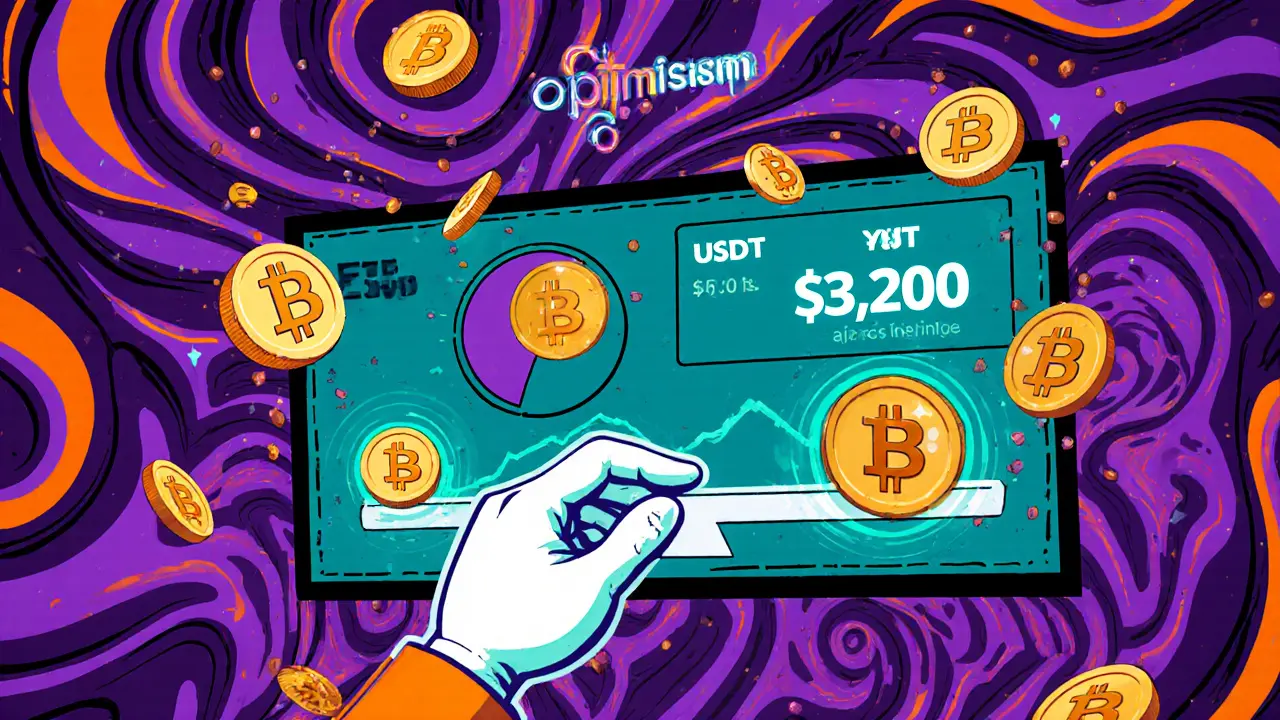Optimism L2: What It Is, How It Works, and Why It Matters in 2025
When you hear Optimism L2, a scalable layer 2 network built on top of Ethereum that uses optimistic rollups to process transactions faster and cheaper. Also known as Optimistic Ethereum, it lets users interact with DeFi, NFTs, and dApps without paying $50 in gas fees every time they swap tokens. Unlike other layer 2 solutions, Optimism doesn’t rely on complex zero-knowledge proofs. Instead, it assumes transactions are valid by default—and only checks them if someone disputes a block. That’s why it’s fast, simple, and already handling millions of transactions daily.
Optimism L2 isn’t just a tech experiment. It’s the backbone of major DeFi platforms like Uniswap v3, a decentralized exchange that moved its main trading activity to Optimism to cut fees and improve speed, and Synthetix, a derivatives protocol that runs entirely on Optimism to offer low-cost trading of synthetic assets. These aren’t small projects—they’re some of the most trusted names in crypto, and they chose Optimism because it’s reliable, battle-tested, and growing steadily.
What makes Optimism different from other layer 2s? It’s not just about speed. It’s about compatibility. Because Optimism is fully EVM-equivalent, any smart contract that runs on Ethereum works on Optimism without rewriting a single line of code. That’s why developers don’t need to learn new tools. They just deploy, and users get cheaper transactions. Meanwhile, the Optimism token (OP), the governance token that lets holders vote on upgrades and fund public goods powers a unique funding model called the Retroactive Public Goods Funding, which rewards developers who build useful tools for the ecosystem—even if they never raised venture capital.
And it’s not slowing down. In 2025, Optimism L2 is processing over 80% of all Ethereum-based DeFi trades that aren’t on Arbitrum. Its daily active users are higher than most Layer 1 blockchains. Even big institutions are starting to use it—tokenized Treasuries and real-world asset platforms are moving to Optimism because it’s the only L2 that balances security, cost, and developer adoption at scale.
You’ll find posts here that dig into how Optimism compares to other layer 2s like zkSync or Base. You’ll see reviews of DEXs built on it, like DeGate, and how they stack up against Uniswap. You’ll even find breakdowns of tokenomics for projects that rely on Optimism’s infrastructure. But what ties them all together? The fact that Optimism L2 isn’t just a technical upgrade—it’s the quiet engine powering the next wave of real crypto usage. If you’re using Ethereum for anything beyond holding, you’re probably already interacting with it. This collection shows you how, why, and who’s behind it all.
SushiSwap v3 on Optimism Crypto Exchange Review: Fees, Rewards, and Real-World Performance
SushiSwap v3 on Optimism offers concentrated liquidity and unique fee rewards for xSUSHI stakers, making it ideal for experienced DeFi users seeking higher yields on stablecoin pairs with low gas fees.
